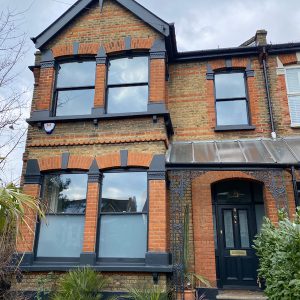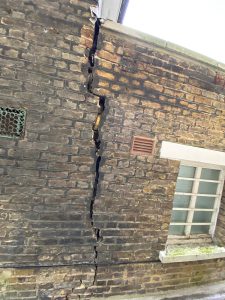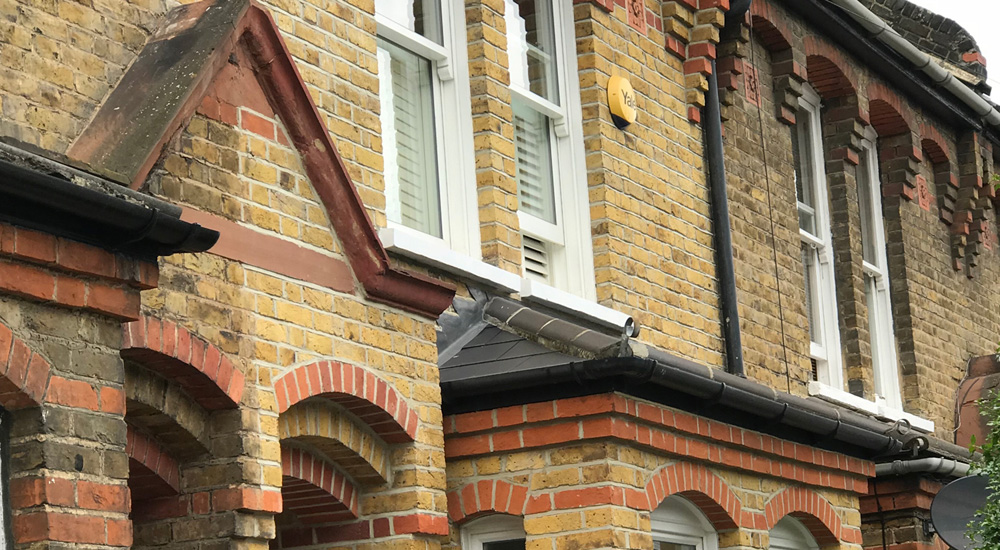There is understandable confusion between the terms Structural Engineers Reports and Structural Surveys for several reasons. These include:
- RICS general surveys used to be called structural surveys.
- The industry term ‘survey’ is too broad without clarification.
- Lack of public knowledge about the work of Structural Engineers
- Incorrect use of the terms by lenders, insurers, agents and brokers
- Only a few structural engineers carry out Structural Engineers’ Reports.
It’s important for you to understand the difference between structural surveys and structural engineers’ reports, so you can be confident your building is structurally sound and safe.
 What is a structural survey?
What is a structural survey?
A structural survey should be a survey of the skeletal structure of a property, which is a Chartered Structural Engineer’s area of expertise.
A structural survey or report is still a misused term and can be used to mean a general building survey such as the Level 2 RICS Home Survey or Level RICS Building Survey.
So, be careful to clarify with your adviser whether they mean a surveyor’s report or a specialist Structural Engineers Report. If a specialist report is required, it’s important to hire a fully qualified Chartered Structural Engineer.
A general survey is normally sufficient for routine property purchases unless there are structural problems. As a rule, the RICS recommend a level 2 surveyors report for well-maintained modern apartments and smaller houses, and a level 3 survey for older properties, especially if unmodernised or in poor condition.
A surveyor’s report will examine the whole house including roof coverings, joinery, plumbing, plasterwork, gas services and more. A surveyor’s structural knowledge will vary, and some will report decisively while others will refer any concerns to specialist structural engineers like us at Pole.
 A structural engineer’s report is a specialist report which inspects the structural integrity of the building only. This is basically the load-bearing components of the building, such as the roof, walls, floors, beams and associated defects like cracks, subsidence, or non-compliant building work.
A structural engineer’s report is a specialist report which inspects the structural integrity of the building only. This is basically the load-bearing components of the building, such as the roof, walls, floors, beams and associated defects like cracks, subsidence, or non-compliant building work.
In the absence of industry guidance for Structural Engineer’s Reports, we have defined our own two types of report:
Structural Engineers Defect Inspection Report for specific localised defects
Structural Engineers General Movement Report for multiple cracks or movement
A Structural Engineers Report is commonly requested when:
- A mortgage valuation surveyor has concerns such as cracks or movement
- A Surveyor carrying out a level 2 or level 3 survey (see above) has structural concerns.
- A buyer is concerned about a defect and might not have commissioned a surveyor’s report, although we recommend this.
- A vendor or estate agent becomes aware of a potential defect during the purchasing process and wants to understand the issue.
- A homeowner (not selling) is concerned about cracks or other defects in their property.
A Structural Engineers Report should really be called a Chartered Structural Engineers Report as almost all lenders and insurers expect such reports to be prepared by fully qualified MEMBERS or FELLOWS of the Institution of Structural Engineers. See FAQ 2.
Be aware there are numerous partially qualified Structural Engineers, graduates and associate levels of membership and building industry professional bodies with a range of qualifications. But many of these are not recognised by lenders and insurers.
Pole’s referrals come from the surveyors, solicitors, and estate agents we have worked with for over forty years in the industry, as well as social media recommendations.




